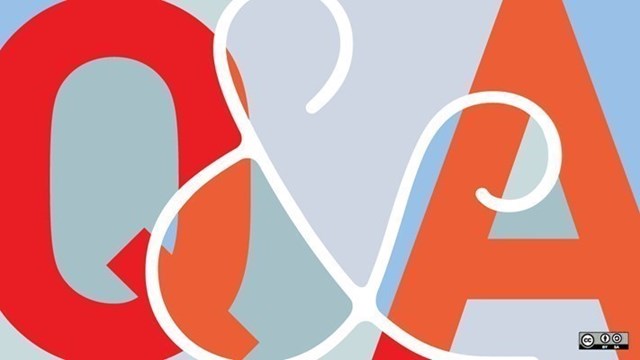Steam heating using both single- and two-pipe steam radiators will continue to dominate the heating of a majority of buildings in New York City well into the present century. But how do we determine if an apartment building is energy efficient?
One way is to sum up the amount of oil consumed on an annual basis in the building. An energy efficient apartment building should be using the equivalent of 250 gallons of fuel oil per unit per year, or its natural gas equivalent, to provide heat and hot water to the building. For natural gas, l.387 therms of gas is equivalent in input heat to one gallon of No. 2 fuel oil.
If you are using more than the above amount on an annual basis to provide heat and hot water to your building, you are wasting a considerable amount of energy. I still see buildings in New York City that are using 375 to 550 gallons of fuel oil per year to provide heat and hot water—these buildings are energy guzzlers.
By May l, 2011, private buildings over 50,000 square feet in area must provide annual water and energy benchmarking. Thus, they must determine on an annual basis how much energy is being used in their building.
Things to Consider
There are many reasons why your building may be consuming too much energy. Here are some common problem areas:
The steam pressure is set at the wrong pressure. In many buildings, the steam pressure is set too high. Do you know what the steam pressure is set to in your building? Is it at 2 psi or it is at 5 psi? Can you answer this question? Why is the steam pressure set where it is?
There can be a considerable amount of wasted energy if the steam pressure is set at the wrong pressure. I have seen buildings where resetting the steam pressure to a level it is supposed to be, based on the initial design of the steam heating system, reduced fuel consumption by l0 percent. A great deal of overheating in buildings is due to the wrong steam pressures. Radiators waste energy if the building steam pressure is set at the wrong level.
What happens is that steam enters the condensate return system, where it does not belong. In this case, the condensate lines act as steam lines instead of condensate lines, resulting in a great deal of energy waste. Because the condensate lines are now hot, along with the stream radiators, the apartment vastly overheats.
Damaged Steam Traps
Another problem is blown steam traps in two pipe steam systems. Steam traps generally last only 3 to 5 years, yet in many buildings, the steam traps have not been replaced in 50 years. Because the steam traps don't work, building supers keep the steam pressure at the wrong level. Stream traps that fail in an open position allow steam to fill up the condensate lines, which again results in overheating.
To prevent this, the functioning of steam traps needs to be checked on a regular basis with a thermal scanner that reads the temperature of the returning condensate on the condensate return lines. If the temperature of the condensate is above 135 degrees F, you most likely have blown traps in your building. I have seen buildings where most of the steam traps had failed in an open position. The simple act of replacing steam traps can cut fuel consumption in a building by 5 to l0 percent.
Another big problem in many buildings is inadequate insulation on the boiler and on the
steam and condensate lines in the basement or cellar. Energy that is lost in the boiler room does not get to the occupants of the apartments upstairs, where it belongs. The temperature of a boiler room with properly insulated steam and condensate lines, and a well insulated boiler, should be about about 70 degrees F. If your boiler room is above 70 degrees, it is wasting energy.
In the summer, an excessively hot boiler room causes occupants in the space above the boiler room to run the air conditioning more than necessary. A properly insulated boiler and boiler room piping can cut fuel consumption in a building by five percent or more. Boiler replacement may be necessary if a boiler is defective and can not be repaired satisfactorily.
Keep in mind that most boilers are vastly oversized for the building they are heating. An oversized boiler can waste as much as 40 percent of the annual fuel consumption. Before a boiler is to be replaced, an engineering analysis is necessary to size a new boiler. A new boiler can be sized on the basis of the present fuel oil usage rate. For example, I once saw a boiler that was sized to burn 1,200 gallons of fuel oil per day, but the actual amount of heat necessary to heat the building was the energy equivalent of 200 gallons of fuel oil per day.
Some of the more efficient boilers have three inches of insulation in the jacket of the boiler, which can keep the boiler room much cooler. The insulation is on all four sides and on the top of the boiler.
It is recommended that owners should install a boiler capable of burning l0 gallons of fuel oil per hour. A properly sized new boiler not only saves owners the cost of operation, but a smaller boiler is often much less expensive.
Daniel Karpen is a professional engineer based in Huntington, New York.







Leave a Comment